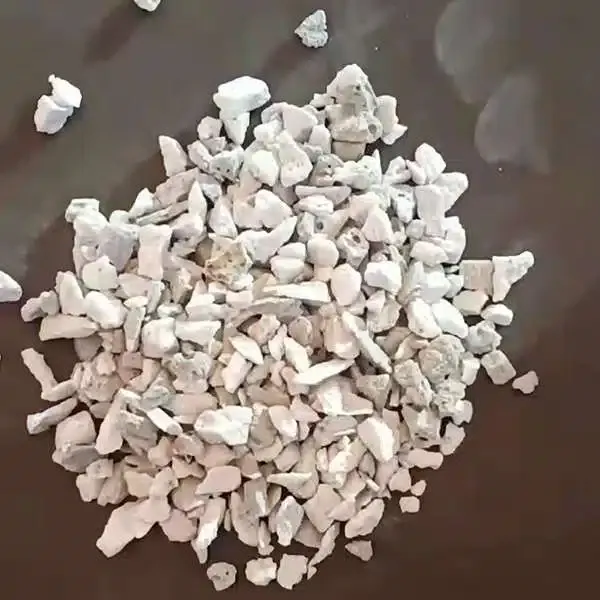Enhancing Industrial Efficiency with Steel Slag Supplier Electroslag Pre-melting Electroslag Remelting
Main text:
Introduction

The steel industry is one of the most important sectors in the global economy due to its wide range of applications. Steel is used in the construction of buildings, bridges, and infrastructure, as well as in the manufacturing of machinery, vehicles, and consumer goods. The demand for steel is growing, and as a result, the need for efficient and cost-effective production methods is increasing. Steel Slag Supplier Electroslag Pre-melting Electroslag Remelting (ESS-ESR) technology is a promising solution that offers numerous benefits to the industrial sector.
ESS-ESR Technology
ESS-ESR technology involves two main processes: electroslag pre-melting and electroslag remelting. The pre-melting process involves melting the steel in an electric furnace, followed by pouring it into a mold. The steel is then partially solidified and transferred to an electroslag furnace. In the electroslag furnace, the steel is remelted using a consumable electrode, and a slag layer is formed on top of the liquid metal. The slag layer acts as a protective barrier, preventing the steel from reacting with the atmosphere and absorbing impurities.
Benefits of ESS-ESR Technology
ESS-ESR technology offers several benefits compared to traditional steel production methods. First, the pre-melting process reduces the carbon content in the steel, resulting in improved mechanical properties. The steel produced using this technology has higher strength, toughness, and ductility, making it suitable for a wide range of applications. Second, the electroslag remelting process enhances the homogeneity of the steel and increases the yield. The process also removes impurities, resulting in a cleaner and more refined steel. Third, ESS-ESR technology improves productivity and reduces energy consumption. The technology is highly efficient, and the production cycle time is shorter than traditional methods. The reduction in energy consumption leads to lower costs and a more sustainable production process.
Applications of ESS-ESR Technology
ESS-ESR technology is applicable in several industries, including the automotive, aerospace, and energy sectors. The high-quality steel produced using this technology is ideal for manufacturing critical components that require high strength and durability. The technology is also suitable for producing large forgings, such as turbine rotors, due to its ability to produce homogenous and defect-free steel.
Conclusion
ESS-ESR technology is a promising solution for enhancing industrial efficiency and improving the quality of steel production. The technology offers numerous benefits, including improved mechanical properties, reduced carbon content, increased yield, and enhanced cleanliness. Additionally, the technology improves productivity, reduces energy consumption, and lowers costs. ESS-ESR technology is applicable in several industries and is ideal for manufacturing critical components that require high strength and durability.



